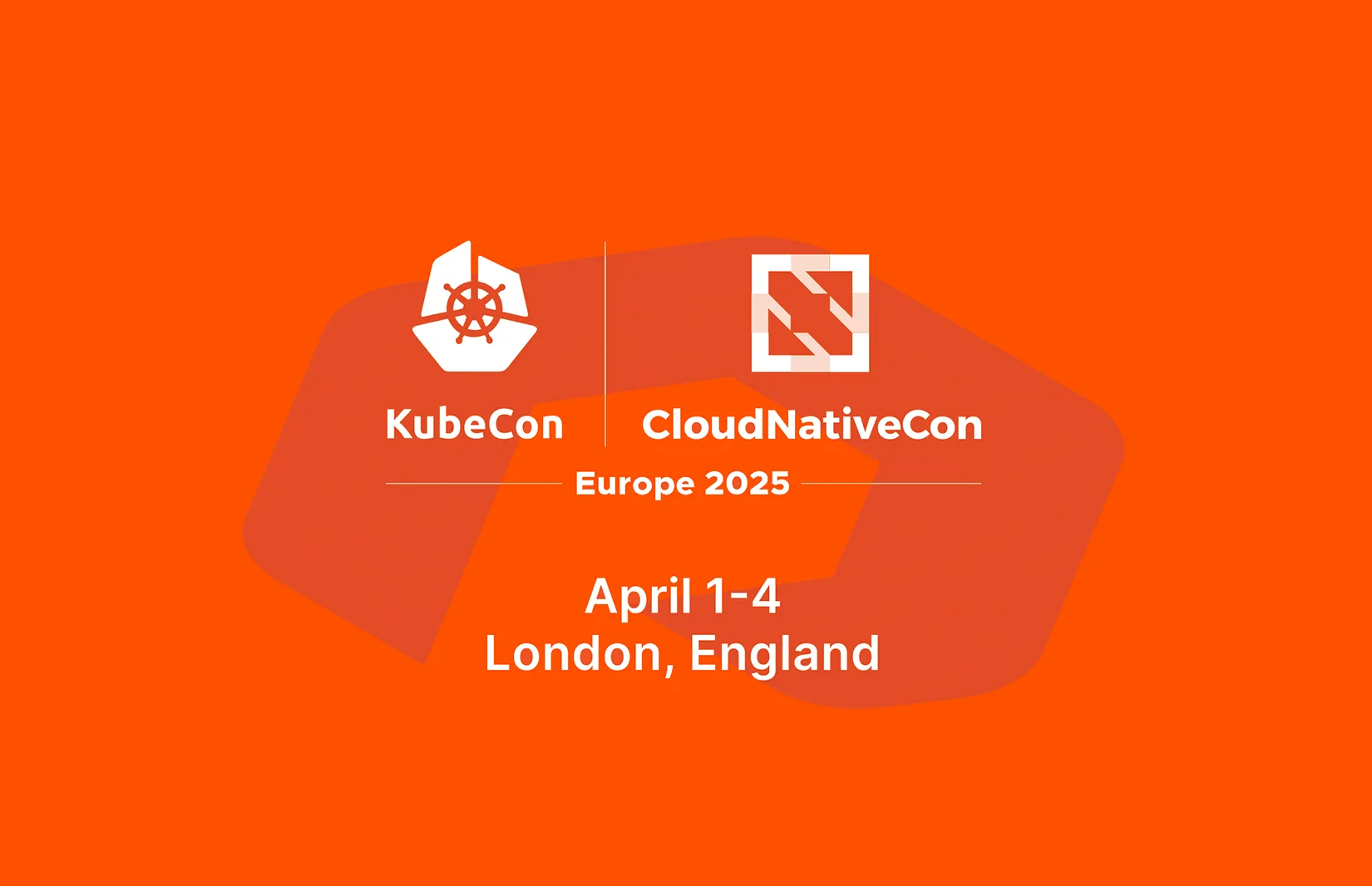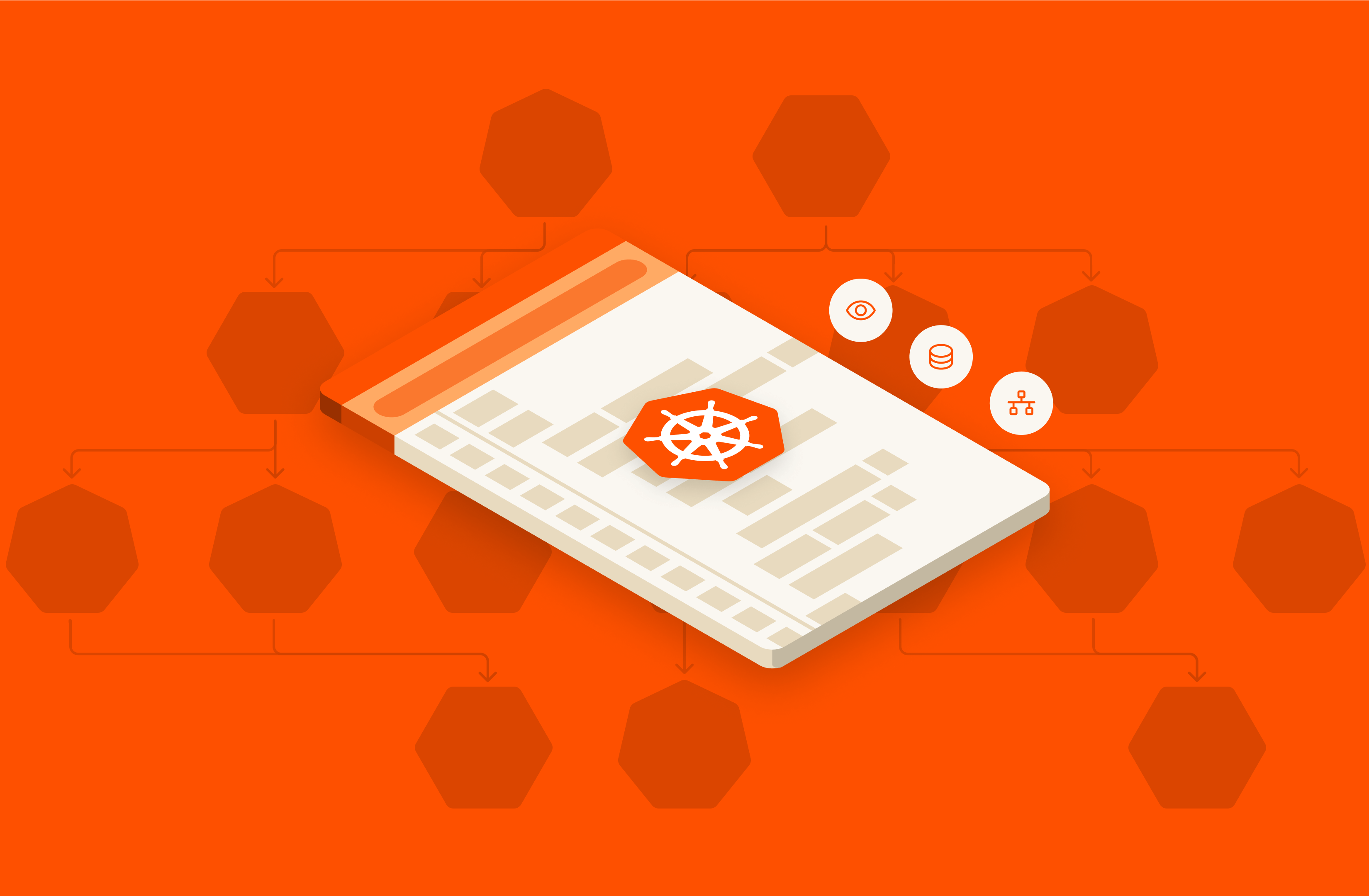Kubernetes
-
Modern Virtualization is Ready for Production at Enterprise Scale
Portworx launches an enterprise-grade container data management platform for KubeVirt VMs on industry-leading Kubernetes platforms.
Portworx launches an enterprise-grade container data management platform for KubeVirt VMs on industry-leading Kubernetes platforms.


